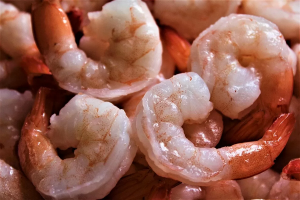
Trump's import tariffs cause shrimp prices in the U.S. to surge
03 November 2025 1313 View
President Donald Trump’s new import tariff policy is causing shrimp — the most popular seafood among Americans — to soar in price, marking one of the first and most noticeable impacts of his second-term trade policy on consumer food products

AQUA MINA APPRECIATES PARTICIPANTS OF THE 2025 LOGO DESIGN CONTEST – SPECIAL THANK-YOU GIFTS ARE ON THEIR WAY
25 October 2025 1451 View
For Aqua Mina, the journey of building a brand is not only about products and technology — it is about the people who accompany us along the way: our valued customers, partners, and supporters who have trusted and stood with us throughout our growth.
![[RECAP] AQUA MINA Marks Vietnam’s Presence at the Land-Based Aquaculture Exhibition 2025 in Tokyo, Japan [RECAP] AQUA MINA Marks Vietnam’s Presence at the Land-Based Aquaculture Exhibition 2025 in Tokyo, Japan](https://aquamina.com.vn/application/upload/new/thumbs/aqua-mina-khach-tham-quan-tai-trien-lam-japan-2025.jpg.png)
[RECAP] AQUA MINA Marks Vietnam’s Presence at the Land-Based Aquaculture Exhibition 2025 in Tokyo, Japan
03 November 2025 1393 View
Aqua Mina is proud to showcase two main product lines — the Ventek microbubble diffuser and the HDPE mobile water tank — at the Land-Based Aquaculture Equipment Exhibition 2025 in Tokyo, Japan.
.jpg)
Aqua Mina successfully concluded its participation at the Land-Based Aquaculture Exhibition 2025 in Tokyo, Japan.
01 November 2025 1355 View
After three vibrant days from October 15–17, 2025, Aqua Mina officially concluded its presence at the Land-Based Aquaculture Exhibition 2025 in Tokyo, Japan, with results beyond expectations.

Recap: Aqua Mina at the 15th Philippine Shrimp Congress – Joining the Shrimp Industry on the Journey Toward a Sustainable Future
22 October 2025 1380 View
With the spirit of “Innovation for Sustainable Aquaculture,” Aqua Mina’s booth became a standout highlight, attracting a large number of visitors and experts from various countries in the region.
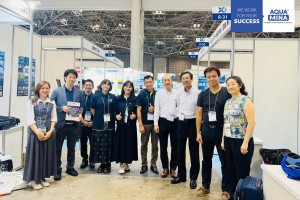
Land-Based Aquaculture Equipment Exhibition 2025 – Aquaculture Equipment Exhibition at Tokyo Big Sight
24 October 2025 1363 View
The global aquaculture industry is entering a period of significant transformation in response to challenges such as climate change, the growing demand for sustainable production, and the pressure to minimize environmental impacts. In this context, the Land-Based Aquaculture Equipment Exhibition 2025 has emerged as an international industry event that brings together the most advanced solutions for land-based aquaculture systems

Aqua Mina Successfully Concludes Its Participation at the 15th Philippine Shrimp Congress
24 October 2025 1368 View
After three vibrant days from October 8–10, 2025, Aqua Mina officially concluded its participation in the 15th Philippine Shrimp Congress with results that exceeded all expectations.
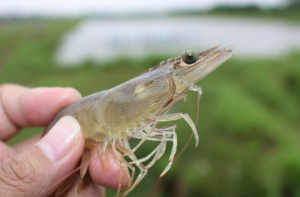
Indian shrimp faces major challenges from the new U.S. tax policy
18 October 2025 1639 View
India’s shrimp export industry is facing a major shock after the United States imposed retaliatory tariffs of up to 50% on many Indian products on August 27. When combined with the existing anti-dumping duty (2.5%) and countervailing duty (5.8%), the total tax on Indian frozen shrimp could exceed 58%.
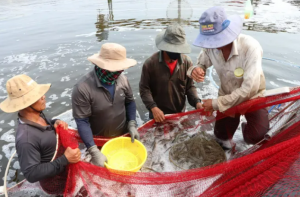
Sharing: Cà Mau expands the water recirculating shrimp farming model with zero wastewater discharge into the environment
18 October 2025 1516 View
After two years of research and experimentation, Cà Mau Province has developed about 100 hectares of industrial shrimp farming using a closed-loop, zero-discharge system. This innovative approach not only helps farmers increase productivity and reduce costs but also protects the environment and brings joy to the communities living around the farming areas
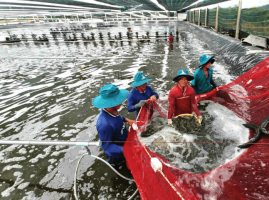
The off-season price of whiteleg shrimp has risen sharply
18 October 2025 1802 View
Farmers in Ca Mau Province are delighted as the purchase price of whiteleg shrimp has risen significantly, increasing their income and contributing to the sustainable development of the province’s aquaculture industry.
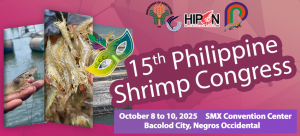
Aquamina accompanies the Philippine Shrimp Congress 2025: Towards building a sustainable and climate-resilient shrimp industry
30 September 2025 2235 View
The 15th Philippine Shrimp Congress 2025 – the most important event of the Philippine shrimp industry – will officially take place from October 8 to 10, 2025, at the SMX Convention Center, Bacolod City, Negros Occidental. This 15th edition of the Philippine Shrimp Congress is organized by the Department of Agriculture – Bureau of Fisheries and Aquatic Resources (DA-BFAR) through the
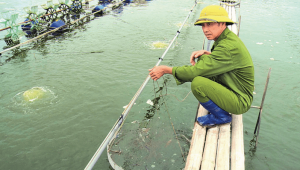
Hung Yen: Promoting High-Tech Cooperative Shrimp Farming Models
27 September 2025 1824 View
In Hung Yen, many cooperatives have pioneered the application of high technology in shrimp farming, helping to increase productivity, control diseases, protect the environment, and enabling many households to earn billions of VND each year
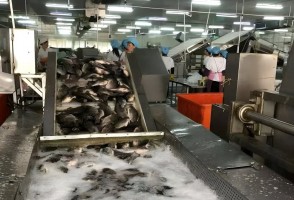
Sharing: Tilapia Overcoming Prejudices
13 September 2025 2308 View
Tilapia is overcoming the prejudice of being a cheap, easy-to-farm, low-risk fish, and is now becoming a specialty that opens sustainable livelihoods for the Mekong Delta
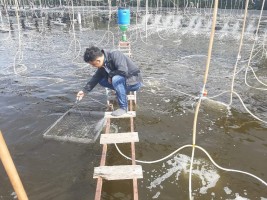
Ca Mau expands the 1,500-hectare circular shrimp farming model
13 September 2025 1554 View
On the morning of September 11 in Ca Mau, the Provincial People’s Committee, in collaboration with De Heus Vietnam and partners, signed a cooperation agreement to expand the RAS-IMTA circular shrimp farming model.
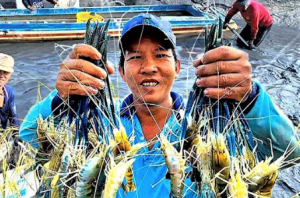
Giant freshwater prawn prices surge, farmers in U Minh Thuong enjoy a bumper harvest
13 September 2025 1659 View
The atmosphere of giant freshwater prawn harvesting in early September in U Minh Thuong is more vibrant than in previous years, as record-high prices bring significant income to farmers
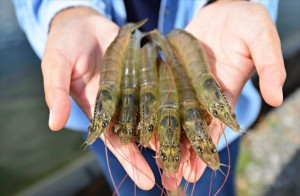
Minerals: An Essential Foundation for the Comprehensive Development of Shrimp
08 September 2025 1672 View
Minerals play an essential role in shrimp farming, participating in many physiological processes such as molting, shell formation, maintaining osmotic balance, and enhancing the immune system. However, the challenge is not only to provide sufficient minerals but also to maintain the right balance between macro and trace minerals to ensure healthy growth and high productivity in shrimp


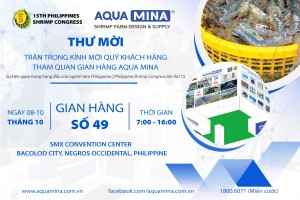

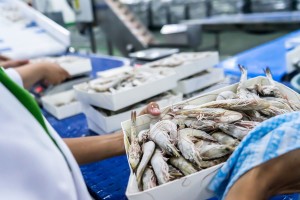
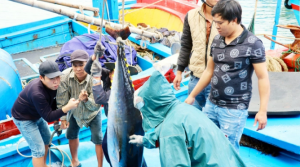
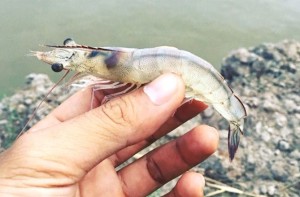
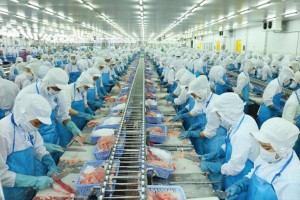
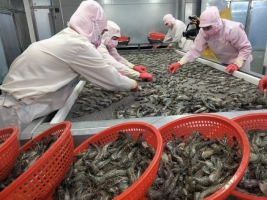
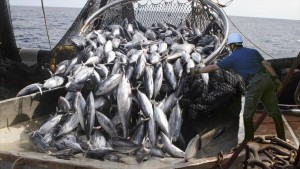

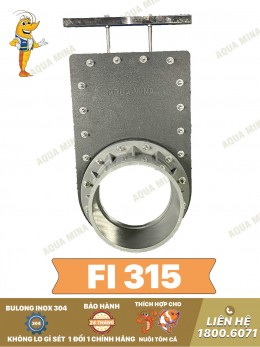
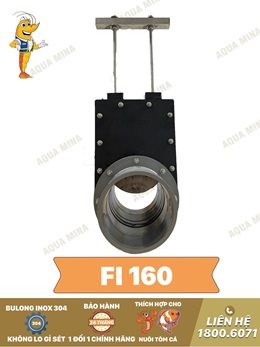
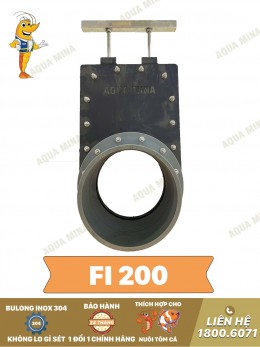
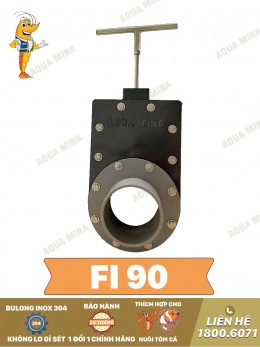
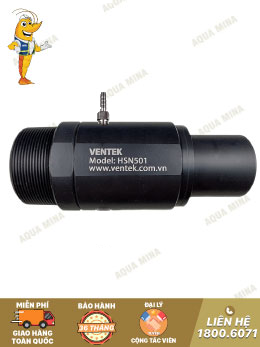
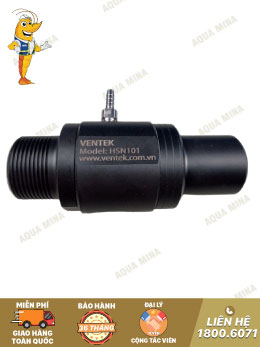
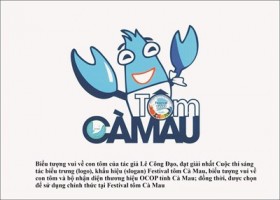
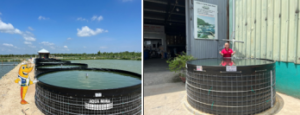
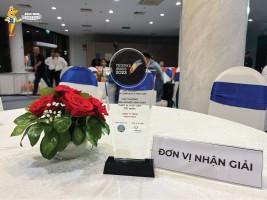
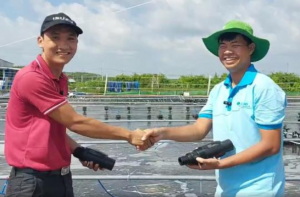
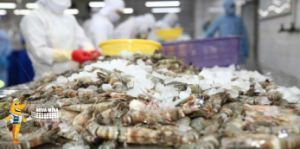
.jpg)